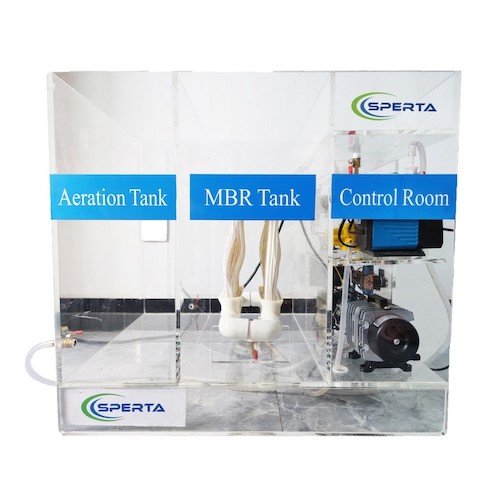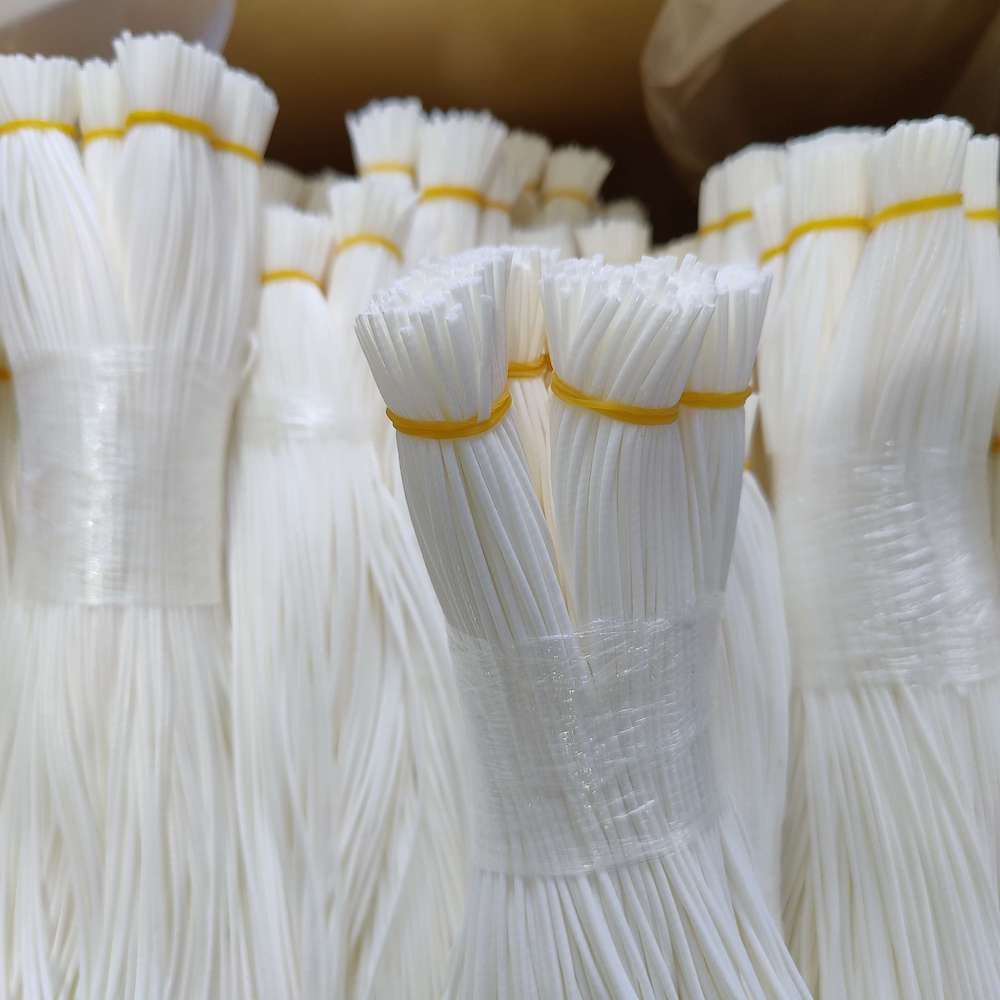Membrane Bioreactor (MBR) is an advanced wastewater treatment system that combines conventional activated sludge treatment with membrane filtration. The technology is particularly effective for treating high-strength industrial wastewater and offers advantages such as compact design, high-quality effluent, and operational efficiency.
Membrane bioreactors can be divided into hollow fiber membranes and flat membranes.
Membrane Bioreactors (MBRs) are a cornerstone in modern wastewater treatment technology. Two of the most commonly used types of membranes in MBRs are curtain membranes and flat membranes. Below is a detailed comparison of these two types of membranes, focusing on their practical applications in sewage treatment.

Hollow Fiber Membranes
Structure: Curtain membranes are typically hollow fiber membranes suspended vertically in the bioreactor tank.
Advantages:
- High Surface Area: Due to their vertical arrangement, curtain membranes offer a high surface area-to-volume ratio, allowing for efficient filtration.
- Ease of Cleaning: The vertical orientation allows for easier backwashing and air scouring, reducing fouling rates.
Disadvantages:
- Mechanical Sensitivity: These membranes are generally more sensitive to mechanical damage due to their hollow fiber structure.
- Complexity in Installation: The vertical arrangement may require specialized installation procedures.

Flat Sheet Membranes
Structure: Flat membranes are usually sheet-like structures that are laid horizontally or at a slight angle in the bioreactor.
Advantages:
- Robustness: These membranes are generally more robust and less susceptible to mechanical damage.
- Ease of Maintenance: Flat membranes are easier to access for cleaning and maintenance.
Disadvantages:
- Lower Surface Area: The surface area-to-volume ratio is generally lower compared to curtain membranes, which may reduce filtration efficiency.
- Potential for Fouling: The horizontal orientation may lead to increased fouling, requiring more frequent cleaning.
Application in Wastewater Treatment
The application of MBR in wastewater treatment generally follows these steps:

Pretreatment: Initial filtration to remove large debris and solids.
Biological Treatment: Wastewater is directed to the biological reactor where microorganisms degrade pollutants.
Membrane Filtration: The treated water from the biological reactor is then passed through the membrane module. Here, fine particles and microorganisms are filtered out, producing high-quality effluent.
Disinfection: Optional step to further purify the water if needed.
Effluent Discharge or Reuse: The treated water can either be discharged safely into the environment or reused for various applications.
Advantages in Wastewater Treatment
High-Quality Effluent: MBR systems produce effluent of higher quality compared to conventional systems.
Space Efficiency: Due to the compact design, MBR systems are ideal for sites with limited space.
Operational Flexibility: MBRs can handle variations in load and volume, making them suitable for a range of industrial applications.
Reduced Sludge Production: The system generates less sludge, reducing disposal costs.












